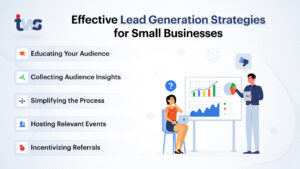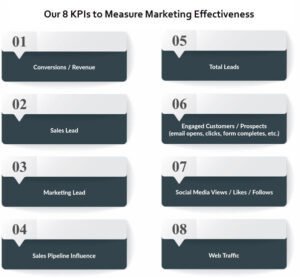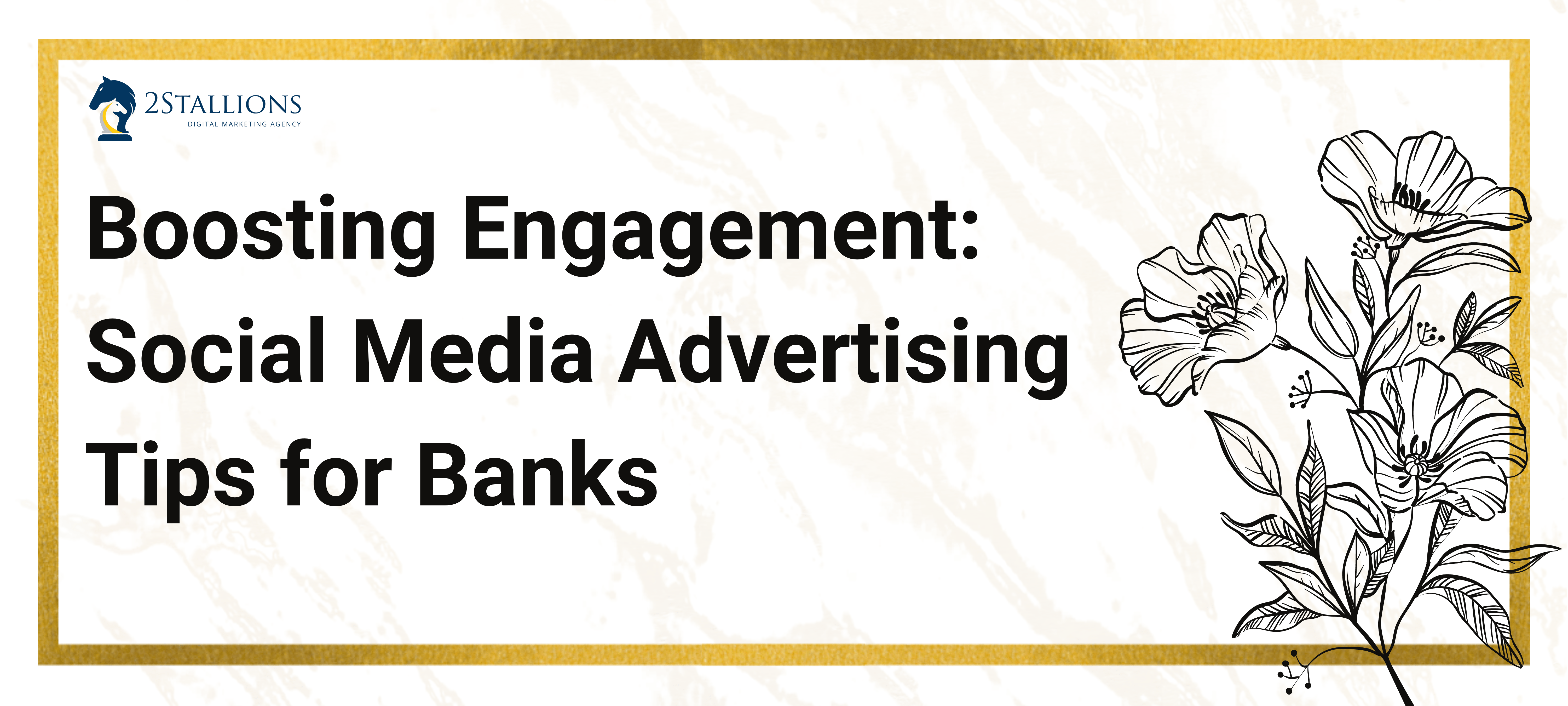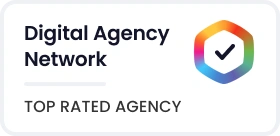Content
SHARE
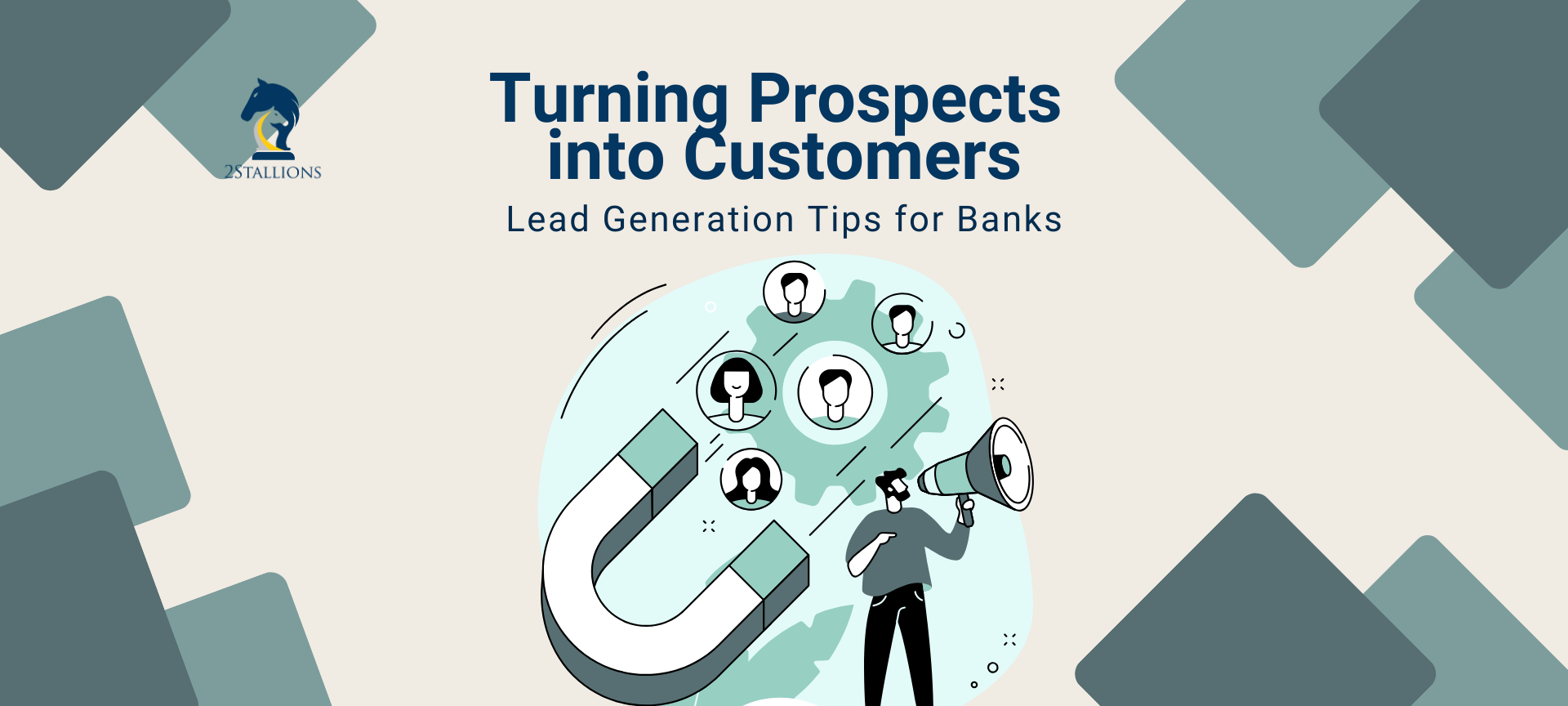
Lead generation is a vital aspect of banking, crucial in acquiring new customers and driving bank growth. Banks can convert leads into loyal customers by identifying potential customers and utilising effective strategies. To measure the success of lead generation efforts, banks need to focus on key performance indicators and continually improve through feedback and analysis.
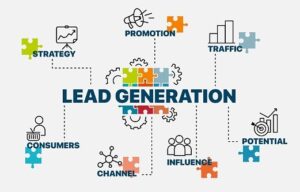
(Source: Sarah Mallik )
Understanding the Importance of Web Development in B2B
Lead generation is a fundamental part of any successful banking strategy. It is identifying and attracting potential customers and turning them into loyal clients. Banks must grow their customer base and achieve their business goals through a proactive approach to lead generation.
The strategic subtleties should be recognised while exploring lead generation in the banking industry. From targeted marketing campaigns to personalised customer outreach, every aspect plays a crucial role in shaping the success of a bank’s lead generation efforts. In today’s competitive landscape, banks are constantly innovating their lead generation tactics to stay ahead of the curve and capture the attention of discerning customers.
The Role of Lead Generation in Customer Acquisition
Customer acquisition is the lifeblood of any bank. Lead generation acts as the initial step in the customer acquisition process. By generating leads, banks can build a pipeline of potential clients and nurture them into becoming active customers. Effective lead generation ensures a steady influx of interested individuals who may eventually become loyal customers.
Moreover, the art of customer acquisition through lead generation extends beyond mere numbers. It involves creating meaningful connections with individuals, understanding their financial needs, and offering tailored solutions that resonate with their aspirations. This personalised approach fosters customer loyalty and establishes a strong foundation for long-term relationships built on trust and reliability.
How Lead Generation Contributes to Bank Growth
Lead generation is a catalyst for bank growth. It allows banks to expand their customer base and increase their revenue streams. By consistently generating leads, banks have a larger pool of prospective customers to engage with. This leads to a higher conversion rate and ultimately contributes to the bank’s overall growth and success.
Furthermore, the ripple effects of effective lead generation can be felt across various facets of a bank’s operations. From enhancing brand visibility to fostering a culture of innovation and customer-centricity, the impact of robust lead-generation strategies transcends mere numbers on a balance sheet. It paves the way for sustainable growth, market differentiation, and a reputation for excellence in dynamic banking.
Identifying Your Potential Customers
Understanding your potential customers is essential for successful lead generation. Banks can focus on the most promising prospects by recognising the ideal banking customer and leveraging data.
When identifying potential customers, banks must delve deeper into understanding the nuances of consumer behaviour and preferences. This involves looking at basic demographics and analysing psychographic factors such as lifestyle choices, values, and attitudes towards finance. By creating detailed customer personas that cover a wide range of characteristics, banks can gain a more holistic view of their target audience.
Recognising the Ideal Banking Customer
To effectively generate leads, banks must first identify their ideal banking customer. This involves developing customer profiles based on demographics, financial needs, and behaviours. By understanding their target audience, banks can tailor their lead generation strategies to attract the right individuals.
Moreover, recognising the ideal banking customer goes beyond looking at external factors. Banks should consider internal factors such as profitability potential, long-term value, and risk profile. Banks can refine their customer segmentation and focus on prospects that align with their business objectives through a thorough analysis of external and internal factors.
Utilising Data to Pinpoint Prospects
Data is a powerful tool in lead generation. Banks can use customer data, market research, and analytics to identify potential prospects. Banks can create personalised marketing campaigns that resonate with their target audience by analysing past customer behaviour and preferences. Data-driven lead generation enables banks to make informed decisions and optimise their strategies.
Furthermore, utilising data to pinpoint prospects involves more than just collecting information. Banks should invest in advanced analytics tools and technologies that provide real-time insights and predictive analytics. By staying ahead of the curve in data analytics, banks can proactively identify emerging trends and adjust their lead generation tactics accordingly.
( Source: TWS )
Effective Strategies for Lead Generation in Banking
Implementing effective strategies is key to successful lead generation in the banking sector. Banks can maximise their lead generation efforts, by combining digital marketing techniques with networking and relationship building.
In the lead generation of the banking industry, one must have high expectations of the power of personalised interactions and tailored solutions. Understanding potential customers’ unique needs and preferences is essential for creating targeted marketing campaigns that resonate with the audience. By segmenting leads based on demographics, behaviour, and interests, banks can deliver more relevant and engaging content, increasing the likelihood of conversion.
Digital Marketing Techniques for Banks
Banks should leverage online channels of this digital era to reach potential customers. This can include content marketing, search engine optimisation, social media advertising, and email campaigns. Banks can attract and convert leads effectively, by creating valuable content, optimising online visibility, and engaging with prospects through various digital platforms.
Moreover, banks must stay updated with the latest digital marketing trends and technologies. From artificial intelligence and chatbots to interactive content and video marketing, embracing innovative strategies can give banks a competitive edge in lead generation. By continuously monitoring and analysing the performance of digital campaigns, banks can refine their procedures for better results.
Networking and Relationship Building in the Banking Sector
Building strong relationships is crucial in banking. Banks can establish trust and credibility by attending industry events, engaging with local communities, and collaborating with other businesses. Networking helps banks connect with potential customers personally, increasing the chances of converting leads into loyal customers.
Furthermore, relationship building in banking is beyond just acquiring new leads; it also involves nurturing existing customer relationships. Providing exceptional customer service, personalised recommendations, and ongoing support can help banks retain customers and turn them into brand advocates. By prioritising customer satisfaction and loyalty, banks can create a strong foundation for sustainable growth and success in the competitive banking industry.
(Source: Eddie Garrison )
Converting Leads into Loyal Customers
Generating leads is only the first step in the customer acquisition process. Banks must also focus on converting leads into loyal customers by nurturing relationships and ensuring customer satisfaction.
The Art of Nurturing Banking Leads
Nurturing leads involves maintaining regular communication and providing valuable information to potential customers. By understanding their needs and preferences, banks can tailor their marketing efforts to address these requirements. Nurturing leads builds trust and establishes a strong foundation for long-term relationships.
Ensuring Customer Satisfaction for Long-term Loyalty
Customer satisfaction is a crucial factor in turning leads into loyal customers. Banks must provide excellent customer service, deliver on promises, and continuously exceed expectations. By prioritising customer satisfaction, banks can secure long-term loyalty and turn satisfied customers into advocates who promote the bank to others.
Furthermore, in the competitive landscape of the banking industry, banks need to differentiate themselves by offering unique and personalised experiences to their customers. This can be achieved through customised financial solutions, exclusive rewards programmes, and tailored advice to meet individual financial goals.
Moreover, leveraging technology can play a significant role in enhancing the customer experience and increasing loyalty. Banks can implement user-friendly mobile apps for convenient banking, provide seamless online account management, and utilise data analytics to offer personalised recommendations and insights to customers.
(Source: Chris Nichols )
Measuring the Success of Your Lead Generation Efforts
Measuring the success of lead generation efforts is essential for banks to track their performance and make improvements. Key performance indicators and continual feedback analysis provide valuable insights for ongoing optimisation.
Lead generation is a fundamental aspect of a bank’s marketing strategy, aiming to attract potential customers and convert them into loyal clients. Banks can generate leads and nurture them through the sales funnel by utilising tactics such as content marketing, social media campaigns, and targeted advertisements.
Key Performance Indicators in Banking Lead Generation
Key performance indicators (KPIs) help banks gauge the effectiveness of their lead-generation strategies. Conversion rate, cost per lead, and customer acquisition cost are important KPIs. By monitoring and analysing these metrics, banks can identify areas for improvement and adjust their lead-generation strategies accordingly.
Moreover, customer lifetime value and lead-to-customer conversion rate are crucial KPIs that provide insights into the lead-generation efforts’ long-term profitability and efficiency. Understanding these metrics allows banks to allocate resources effectively and focus on strategies that yield the highest return on investment.
Continual Improvement through Feedback and Analysis
Feedback and analysis are crucial components of lead generation success. Banks should regularly review their strategies, campaigns, and customer feedback to identify areas of strength and weakness. Banks can make informed decisions and continually improve their lead-generation efforts by collecting and analysing data.
Furthermore, A/B testing different lead generation approaches can provide valuable insights into customer preferences and behaviour. By experimenting with various strategies and analysing the results, banks can refine their tactics and enhance the overall effectiveness of their lead-generation campaigns.
In conclusion, lead generation plays a significant role in turning prospects into loyal customers for banks. Banks can optimise their lead generation efforts and drive long-term growth by understanding the importance of lead generation, identifying potential customers, implementing effective strategies, and measuring success.
Frequently Asked Questions About Turning Prospects into Customers: Lead Generation Tips for Banks
What are the most effective lead-generation strategies for banks?
Effective strategies include leveraging digital marketing, offering tailored financial products, hosting financial literacy workshops, and using data analytics to target potential customers more accurately.
How can banks improve their online lead generation?
Banks can improve online lead generation by optimising their websites for search engines, utilising social media platforms for targeted ads, and providing valuable content that addresses common financial questions and needs.

